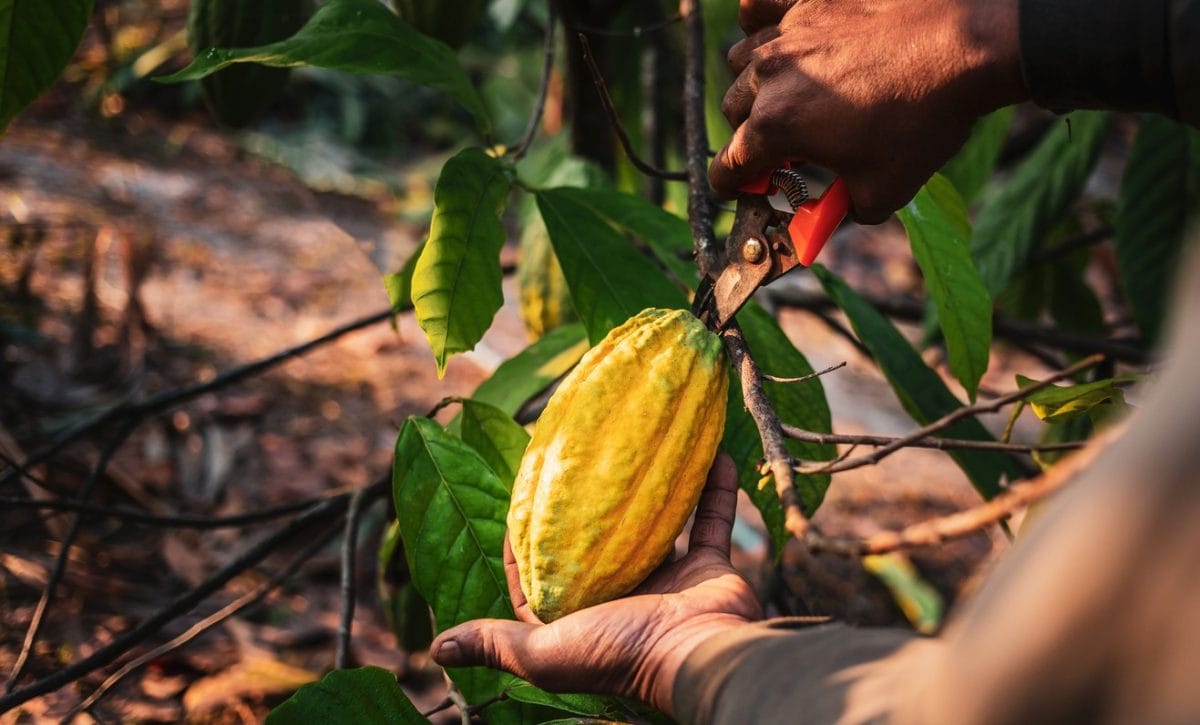
Weathering volatility: The future of coffee and cocoa markets in a changing climate
A volatile and challenging environment
As climate change intensifies, the global markets for cocoa and coffee are experiencing unprecedented volatility. We’ve seen dramatic price surges this year, reflecting the growing challenges faced by producers and traders alike.
In April, cocoa futures peaked at around $12,000, making cocoa more expensive than copper by the tonne. A supply squeeze on coffee has driven the market to rally this year, with robusta futures peaking up around 60% since the start of the year and arabica futures increasing more than 30%. Prices have been bullish this year due to a confluence of adverse factors impacting supply. In West Africa, the heart of global cocoa production, farmers are grappling with poor weather conditions, ageing trees, and pervasive crop diseases, all of which have significantly reduced yields. Similarly, major coffee-producing regions in Asia and South America have faced extreme weather events, including droughts and extreme heat in Vietnam and Indonesia and inconsistent rain in Brazil, which has disrupted harvests.
“In April, cocoa futures peaked at around $12,000, making cocoa more expensive than copper by the tonne”
These supply constraints, coupled with record levels of speculation for cocoa and robust global demand for both commodities, have driven prices to new highs, creating a volatile and challenging environment for market participants. The important question is whether this is short-term volatility or a signal that the market is realising that climate change is creating structural changes to supply that will take much longer to resolve. Cocoa, and to a lesser extent coffee, are becoming bellwethers for how climate change is reshaping agricultural commodities.
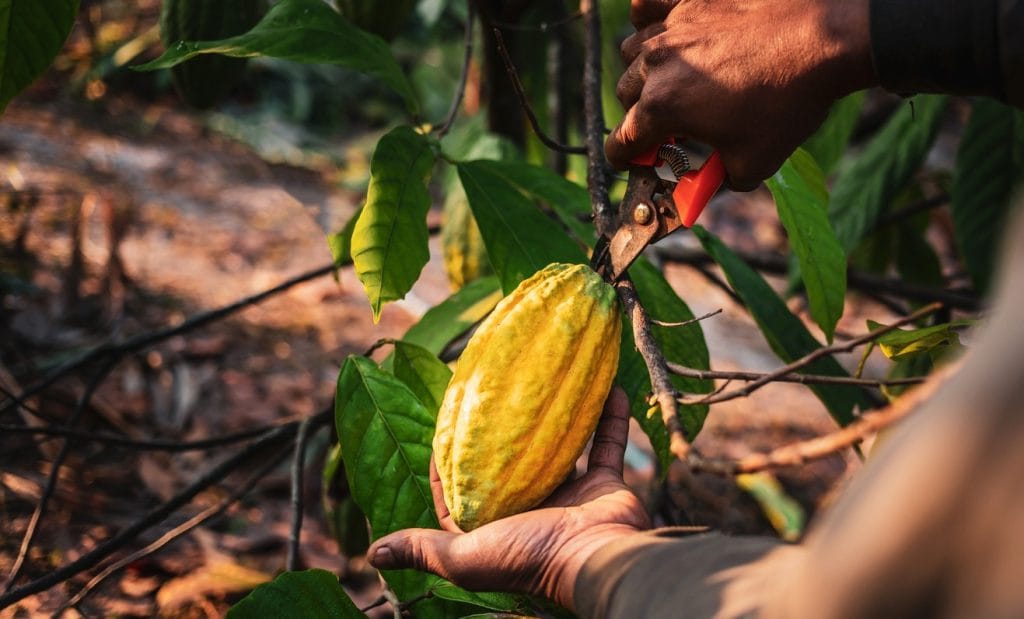
Concentrated supply
There are many similarities between the two commodities. Cultivating both requires very specific temperature, water and soil conditions, which means they are inherently sensitive to the changing climate and leading indicators for its impact across the food commodities complex.
As the frequency of extreme weather events, such as heat waves, heavy rainfalls, and droughts, increases, we’re seeing a glimpse of how the world’s consumers might adapt to this new reality and how high a price they’re willing to pay for their chocolate or caffeine fixes.
There is also a concentrated supply of both coffee and chocolate. The world’s supply of both comes from a handful of countries. Vietnam and Brazil account for more than half of global coffee bean exports. Cocoa’s two biggest producers are West Africa’s Ghana and Côte d’Ivoire. Any issues with production and supply in these few countries will always have an outsized impact on price, and we’ve seen that clearly in the volatile prices this year.
Cocoa market dynamics
Cocoa has been the commodities trade of the year.
In the middle of April, New York cocoa futures peaked close to $12,000, a rise of almost 180% from the year open. Prices have remained highly volatile since then, with speculators unwinding their long positions, physical buyers covering their shorts, and continuing concerns about supply issues out of West Africa.
Cocoa prices have been driven up by consecutive poor harvest seasons in the region. 2023 saw heavier than normal rainfall, which affected the crop. El Niño led to stronger than usual Harmattan winds and dry weather in an area of the world where Côte d’Ivoire, Ghana, Cameroon and Nigeria supply at least 70% of the world’s crop. Fundamentally, there is a significant shortage of fresh cacao beans. In an average year, the global cacao crop is ~5 million tonnes, but that’s expected to drop by ~11% for the 2023/4 harvest, according to the International Cocoa Organisation.
“Cocoa has been the commodities trade of the year.”
The faltering cocoa supply has so far met relatively inelastic demand, with global cocoa grinding – a key measure of the demand for chocolate production – remaining high despite record prices as chocolate manufacturers have preferred, for the time being, to sacrifice margin to keep or increase their market share. That may change in the latest data expected in July, but for the moment, that market is still largely focused on the supply issues that have driven prices all year. There are some more positive signs that the supply picture may be easing, as the most recent pod counts have shown an improvement for next season with the corresponding retracement of the market from its recent all-time high.
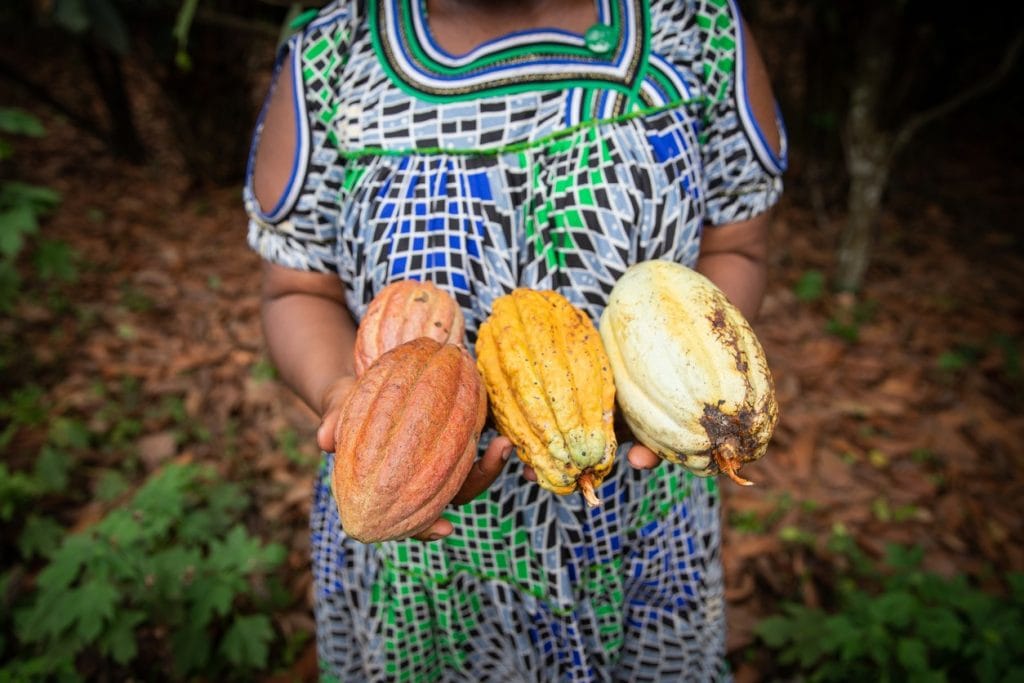
The challenges of centralised control
Climate change and extreme weather events have been a large part of the supply-demand imbalance, but other factors have also impacted cocoa supply in the medium term. Government-controlled markets in Ghana and Côte d’Ivoire mean farmers are fetching prices set well before the futures rally, offering little immediate incentive to expand production.
Although both countries have moved to raise farmgate prices during the current season, that has come from a low base and is still significantly below cocoa futures prices. For example, the latest farmgate price set by the Ivorian authorities is around $2500 per metric ton (MT), which compares to over $6500/MT that neighbouring countries were receiving at the peak of the market.
Another unintended consequence of the current forward-selling system of the two main cocoa producers was that the tonnage sold forward was based on a crop estimate that fell short of the initial forecast, meaning more defaults than usual and forced hedge lifting that exacerbated the rally.
“Government-controlled markets in Ghana and Côte d’Ivoire mean farmers are fetching prices set well before the futures rally, offering little immediate incentive to expand production”
The cocoa economy in West Africa is underpinned by thousands of small farmers who have struggled to make ends meet for the last few years, let alone earn enough to improve growing conditions for their ageing trees or expand their operations.
The hope is that higher farmgate prices will encourage growers – who may have been holding back deliveries waiting for higher pay – to hand over more beans for processing and export. However, that damage may already be done; you can’t just plant more cacao trees and expect production to increase in the following years; cacao trees are notoriously fickle and take time to grow. The lack of investment in new cacao trees in West Africa has made them even more vulnerable to climate change — ageing trees are more susceptible to disease. We’ve seen excessive rainfall in Ghana and Côte d’Ivoire during the fourth quarter of 2023, which led to outbreaks of swollen shoot virus and black pod disease – a fungus which causes the cocoa beans to rot. It’s estimated that 40% of the annual global cacao crop is lost to disease annually and that issue will only worsen with more extreme weather events.
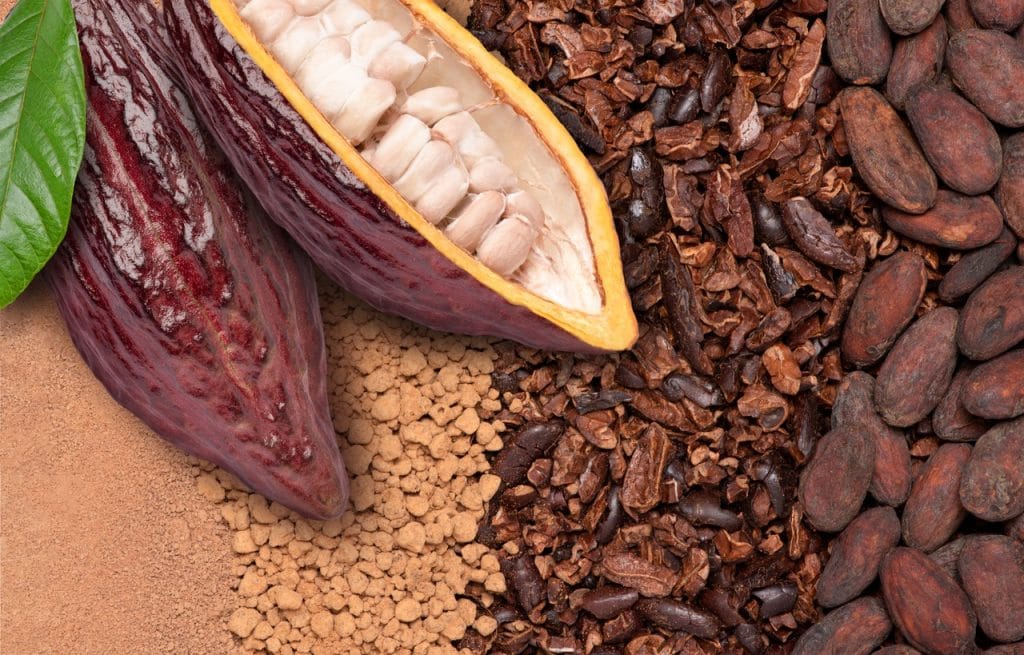
Cocoa beyond West Africa
The structural supply issues and the subsequent parabolic price action have triggered the growth of cacao production outside of West Africa. Ecuador has become the third largest grower and Ecuadorian farmers estimate they could overtake Ghana within two years. The Brazilian government also projects that output there will grow 50% by 2025 to 300,000 tonnes. Unlike in West Africa, producers in Central and South America can sell their cacao at the global market price, meaning the incentive to re-invest and utilise modern farming techniques is greater.
Of course, global cacao prices could fall increasing the risk that farmers are left with unsold stock or having to offload it cheaply. However, even if better weather in West Africa alleviates some of the shorter-term supply issues, the long-term outlook is challenging. Additionally, the impending deforestation regulations from the EU are due to be implemented next year which means producers must prove with geolocation that their product has not come from deforested land. This means that the production expansion that has happened over the past 30 years is no longer an option for many producers, and the focus instead will need to be on improving yields through better husbandry, fertiliser usage, irrigation and especially through genetics with the development of disease resistant and higher yield crops.
The increased probability is that prices will remain elevated, with current price volatility continuing for the foreseeable future. The market is now dealing with the twin challenges of generational crop shortages and low liquidity, as a lack of physical activity has dried up normal futures trading, which only amplifies the volatility even further.

The strength of the coffee trade
Cocoa’s volatility has crossed over into coffee in the last few months, focusing minds on the linkages between the two commodities.
Extreme weather and supply shortages have driven both rallies, record speculative positions in cocoa have spilled over into the coffee trade with much less support from the fundamentals and buyers betting prices would rise in line with cocoa. That’s not to say that coffee producers aren’t facing their own challenges and feeling the impact of the changing climate and extreme weather.
A drought in top robusta producer Vietnam has hurt crops and could lead to a shortage of beans for a fourth straight year. Brazil, the world’s top coffee producer, is also expected to harvest a weaker-than-expected crop of the arabica variety. However, while supply concerns are a catalyst for bullish prices, coffee should fare better than cocoa in the medium term.
That’s primarily because the global market for coffee is larger, and plant varieties are more diverse. Global coffee growers are also not limited by government control and fixed prices. They can afford to re-invest in research and replace older plants with new and more productive ones, supporting yields and fending off disease.
When prices of the lower quality robusta rise, companies can create coffee blends with cheaper versions of the premium arabica bean instead. That’s undoubtedly a short-term fix because arabica is much more sensitive to the climate and extreme weather than its more “robust” sister variety. Even as Brazil, the largest coffee grower, has made strides to protect its arabica crop, the future remains uncertain for the more prized variety. However, the fact that the biggest coffee producer, Brazil, is also the second biggest consumer with blend flexibility works as a natural escape valve in case of tight supply in one of the varieties, which is the case in the current environment.
Vietnam, which produces more than half the world’s supply of robusta, is encouraging more consumers to appreciate the previously unloved variety, which is primarily reserved for instant coffee. European and Vietnamese scientists are now experimenting with ways to replicate some of the aspects of the native robusta varieties that have shown resilience to rising temperatures and insects.
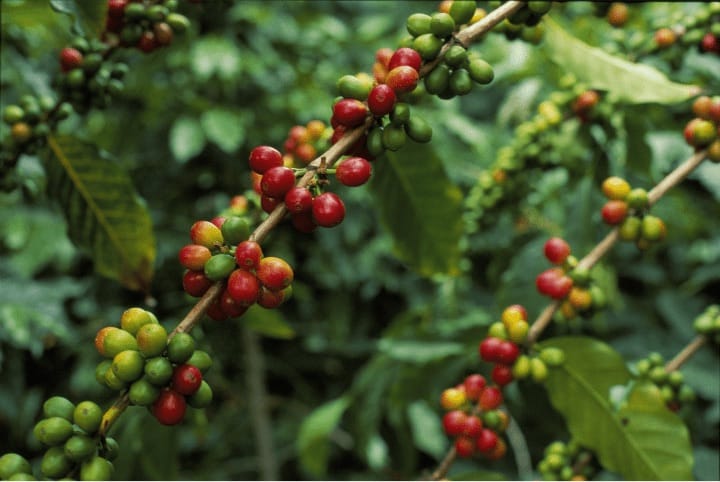
A look to the future
The volatility in cocoa and coffee prices we’ve seen this year is a stark reminder of the broader impacts of climate change on global agriculture. Given the current trajectory and supply outlook, higher prices for cocoa and coffee will likely persist in the medium term.
What happens beyond that will depend on how countries, producers and scientists adapt by introducing more sustainable farming practices and climate-resistant varieties The resilience of our food systems will rely on our ability to adapt to a changing climate, requiring concerted efforts across the supply chains to develop and implement solutions that mitigate climate impacts while ensuring food security.
The future of cocoa and coffee markets, and indeed all agricultural commodities, will depend on how well we respond to a warmer and more volatile climate in the coming years. This year’s price action is probably just a glimpse of what’s to come.
